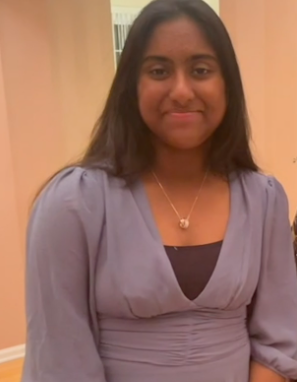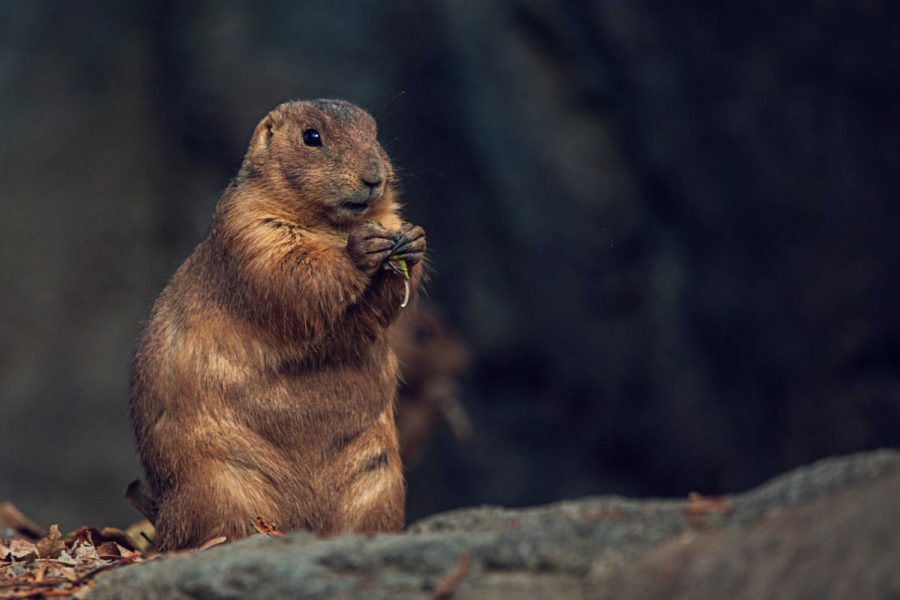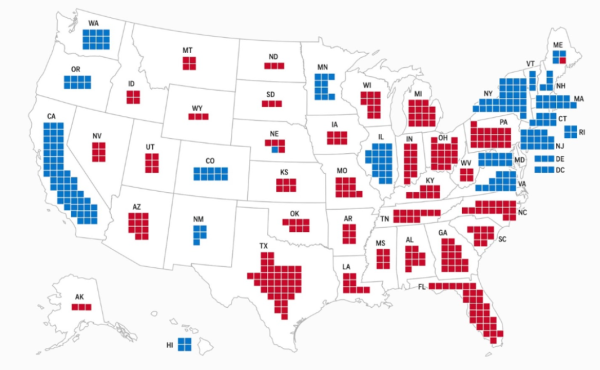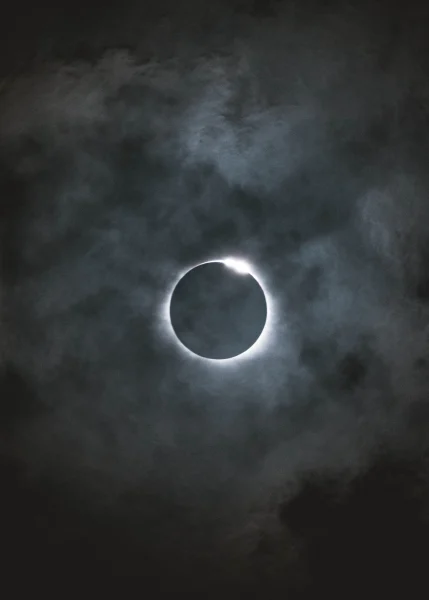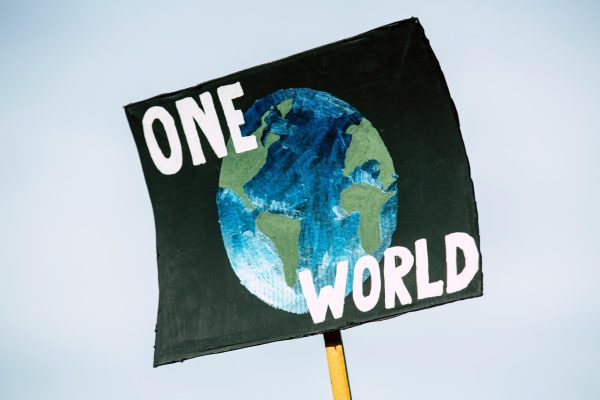What Did the Groundhog Say?
For the past 136 years, families from all over North America gather on February 2 and put the fate of the upcoming months in the tiny hands of a buck toothed rodent. Or should we say his shadow? Every year thousands assemble in person and millions more switch on their TVs to watch the annual Groundhog Day ceremony held by the Groundhog Club in Punxsutawney, Pennsylvania.
This tradition dates back to 1887 when it was first celebrated in Gobbler’s Knob. The reasoning behind this is that if the groundhog sees his shadow and returns back to his burrow, then he will go back into hibernation, predicting six more weeks of winter. If he sees no shadow that means there will be an early spring.
Of course this isn’t the most scientifically accurate prediction, and it has only been predicted correctly 40% of the time, but it still keeps us entertained with something to look forward to. Groundhog Day stems from the Christian tradition of Candlemas. In this, a clergy would bless and hand out candles to represent how cold the winter would be. The Germans then extended this concept with animals, which they eventually brought over to America in the colonies.
Groundhogs, more commonly known as woodchucks, belong to a group of ground squirrels known as marmots. Punxsutawney Phil himself gained popularity after the 1993 Bill Murray movie Groundhog Day. The movie showcased a guy who gets stuck in an eternal February 2nd and uses it to his advantage romantically. For a short time, the term ‘Groundhog Day’ stood for a sense of deja vu and living something over again.
Groundhog Day continues to be celebrated in classrooms and homes today as an entertaining way of dealing with the months to come ahead.
